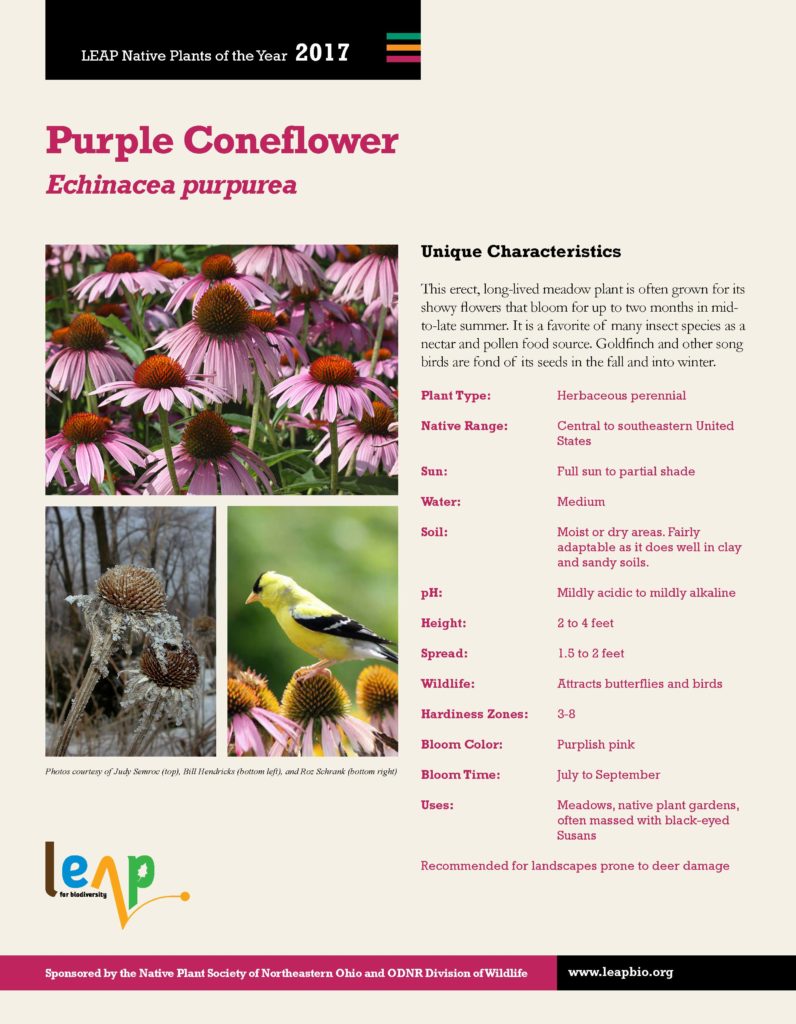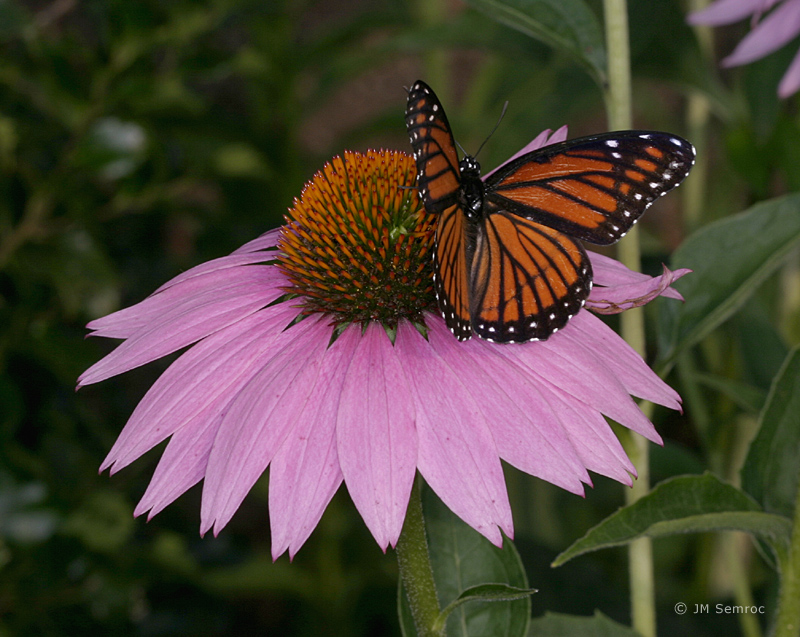Ptelea trifoliata
This small, aromatic, slow growing tree has distinctive fruit with wafer-like winged seeds. It is one of the northernmost American species in the Citrus family and is not a true Ash. Host plant for the giant swallowtail butterfly.
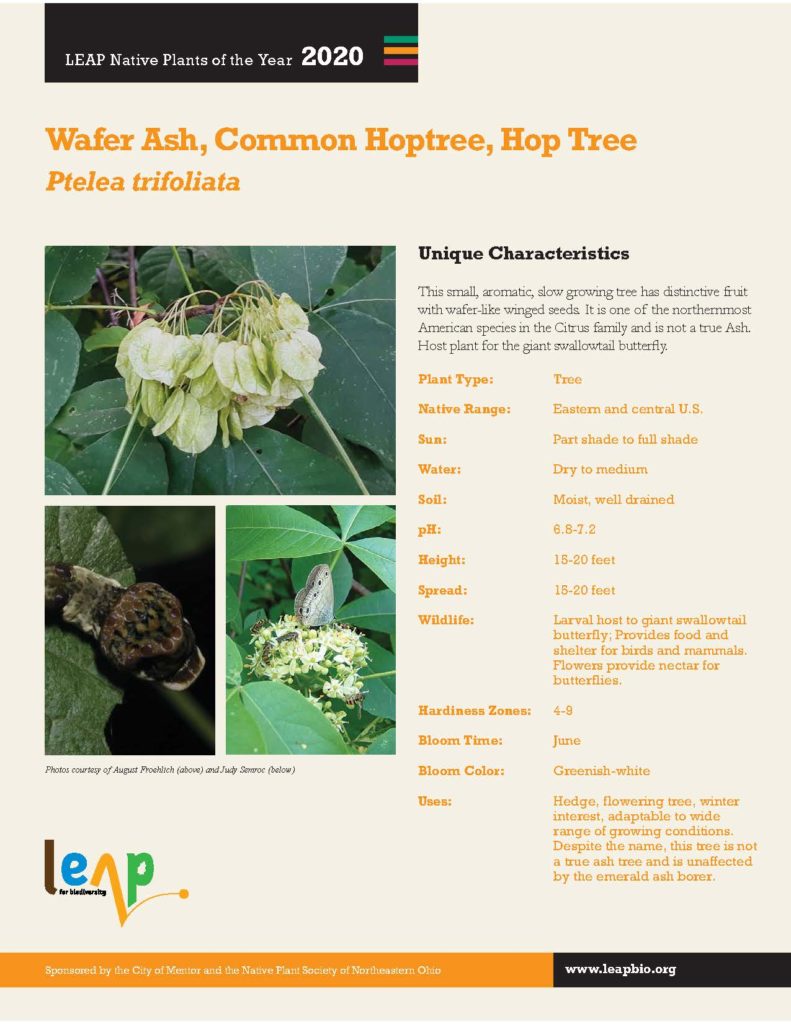
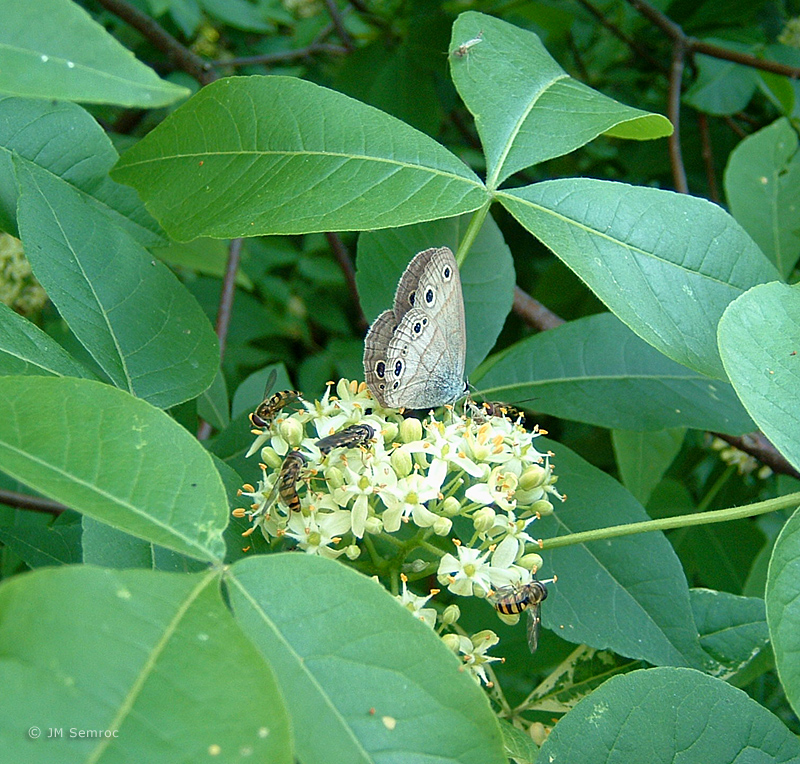
Ptelea trifoliata
This small, aromatic, slow growing tree has distinctive fruit with wafer-like winged seeds. It is one of the northernmost American species in the Citrus family and is not a true Ash. Host plant for the giant swallowtail butterfly.


Rubus odoratus
A suckering shrub that is tolerant of a wide range of conditions. The large, fragrant blooms attract pollinators, while the fruit is sought by wildlife. Maple-like, dark leaves become pale yellow in fall.
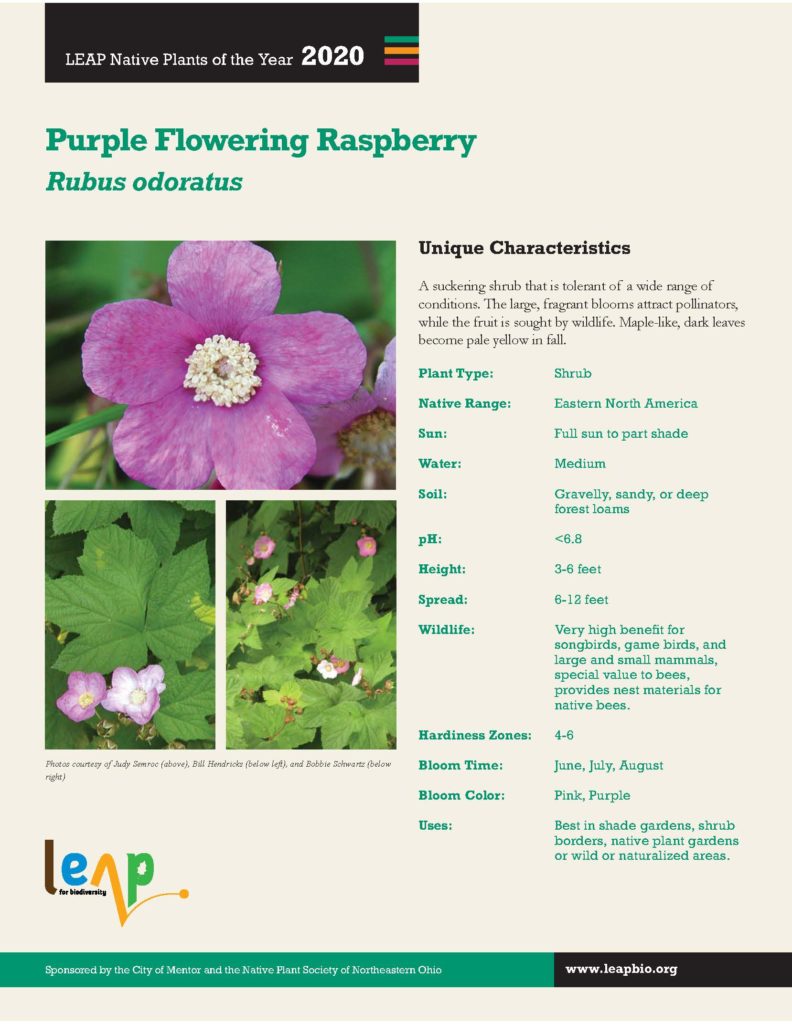
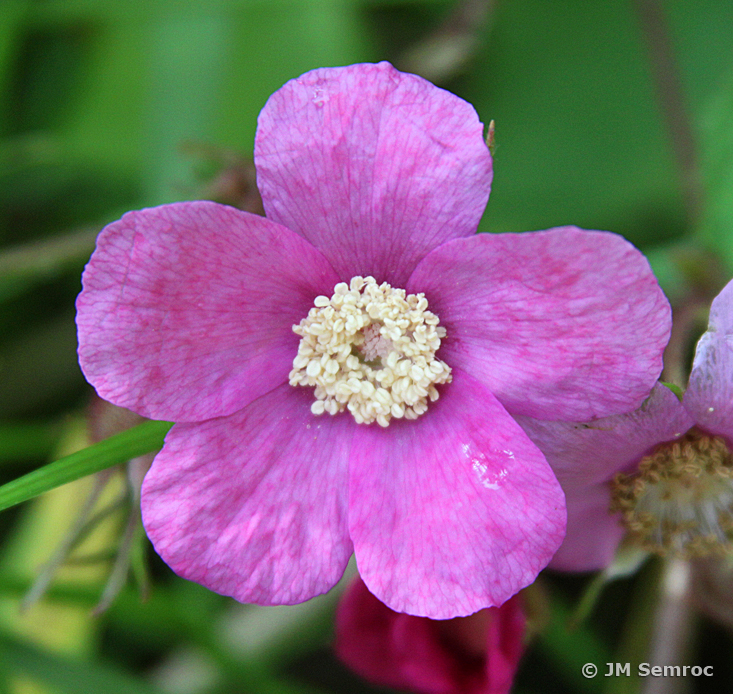
Monarda didyma
This perennial herb has tubular, two-lipped, bright scarlet flowers resembling messy-mop heads. It tolerates a wide range of conditions. Toothed, aromatic leaves have a minty aroma.
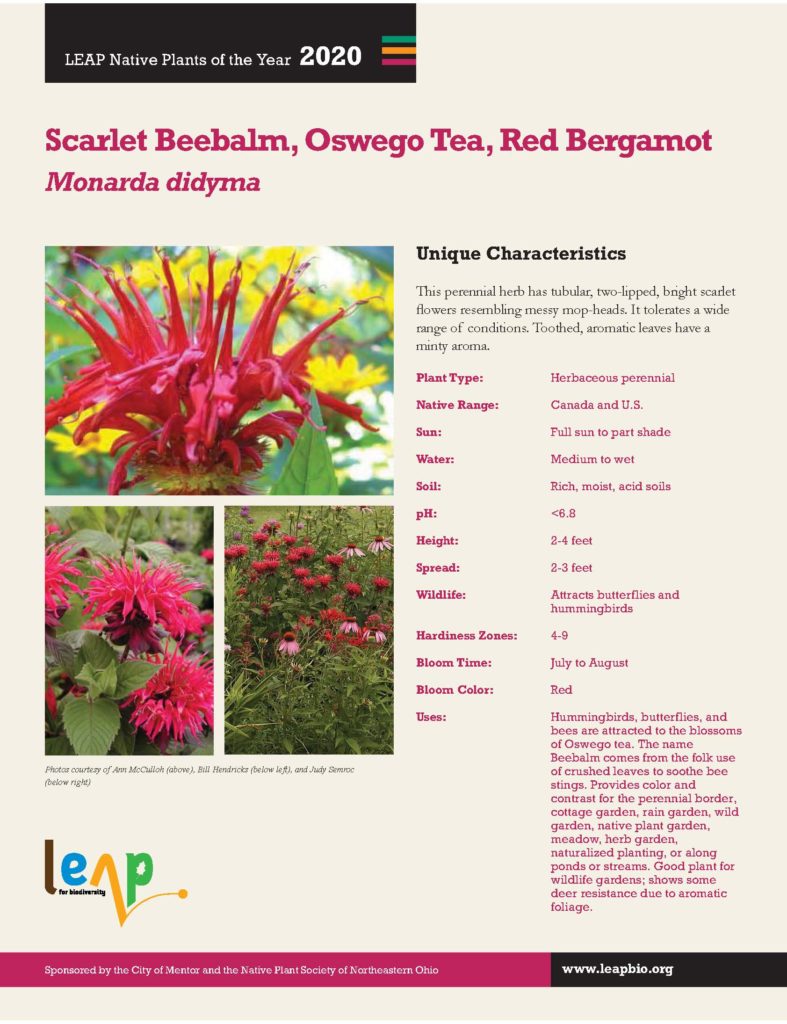
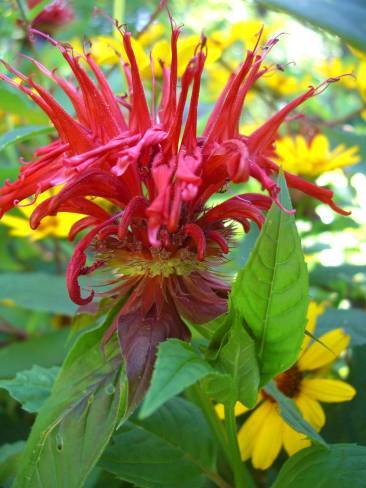
Chelone glabra
A wetland perennial that makes a good wildflower garden plant.
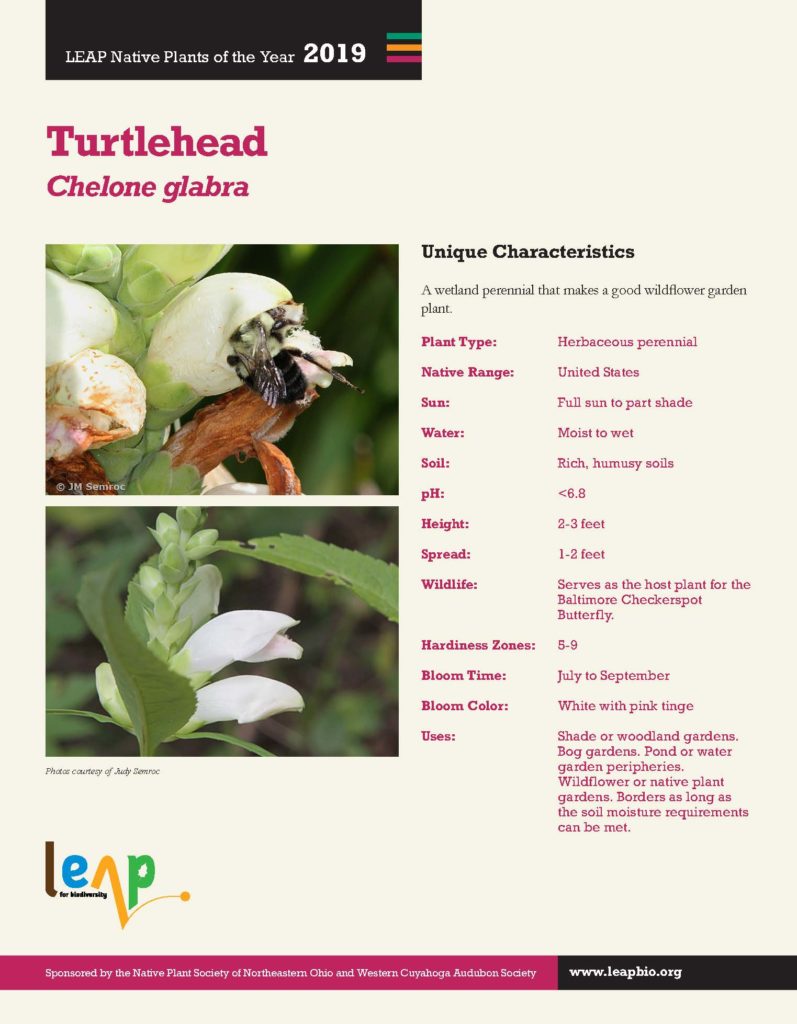
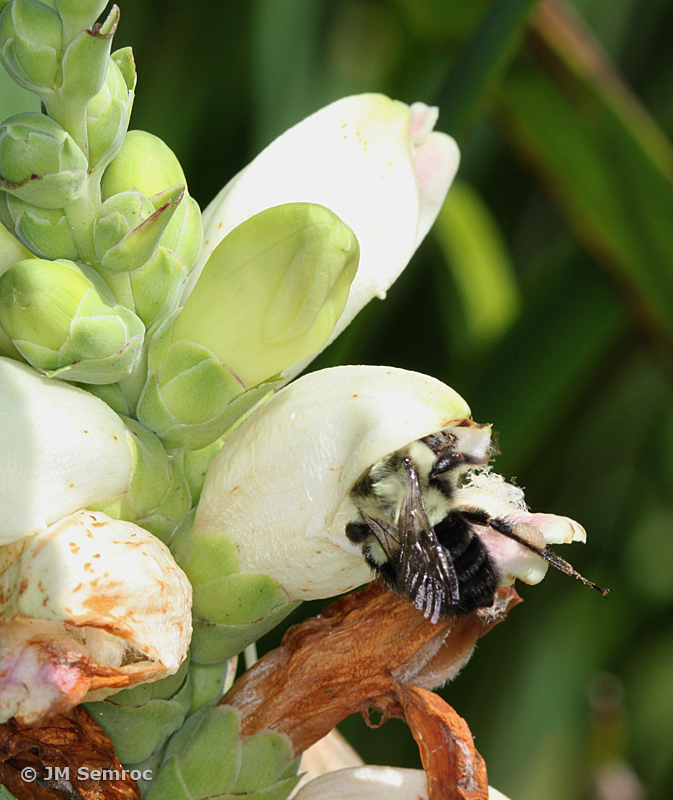
Sporobolus heterolepis
This ornamental clump-forming grass provides winter interest with orange hues in fall. It tolerates a wide range of soils including heavy clay.
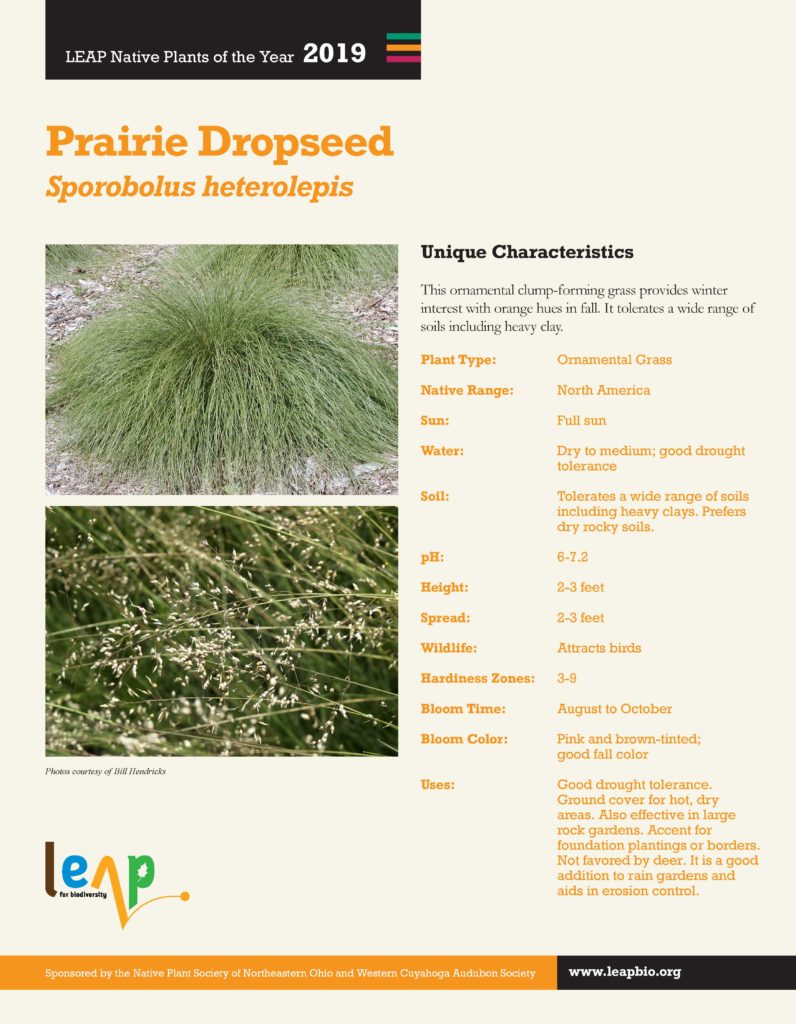
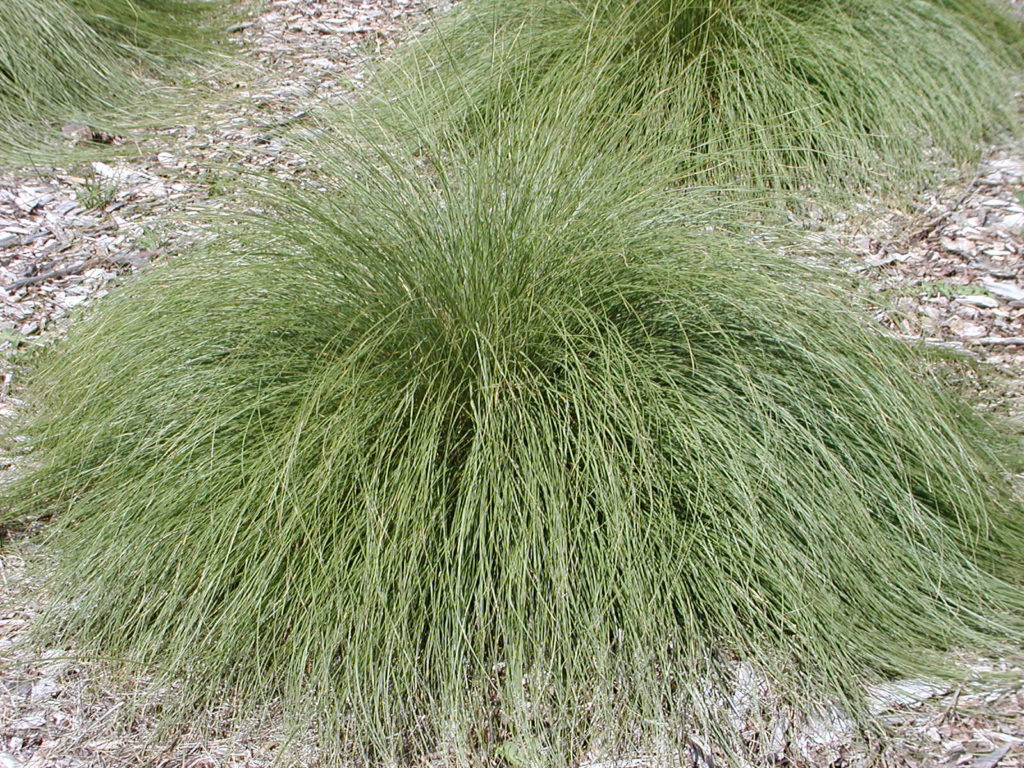
Ceanothus americanus
A drought resistant plant that offers good ground cover for dry slopes and banks. This deciduous shrub has fragrant white flowers.
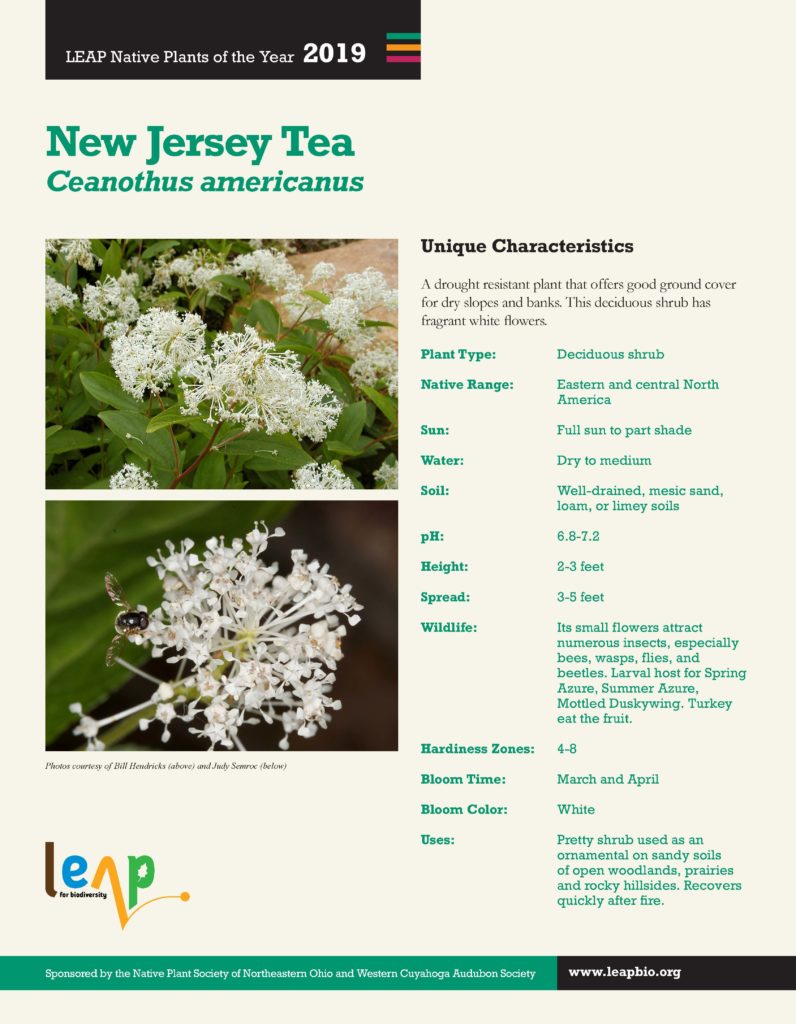
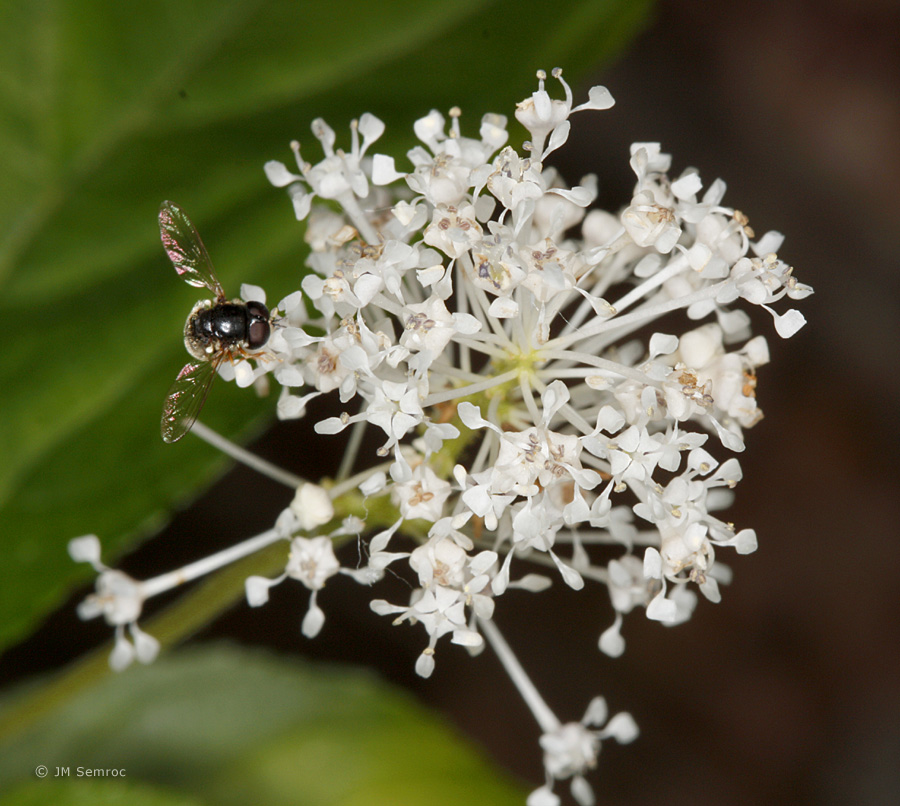
Clematis virginiana
A vigorous vine with mildly aromatic white flowers that bloom from August through October. It is best used in native plant gardens and woodlands.
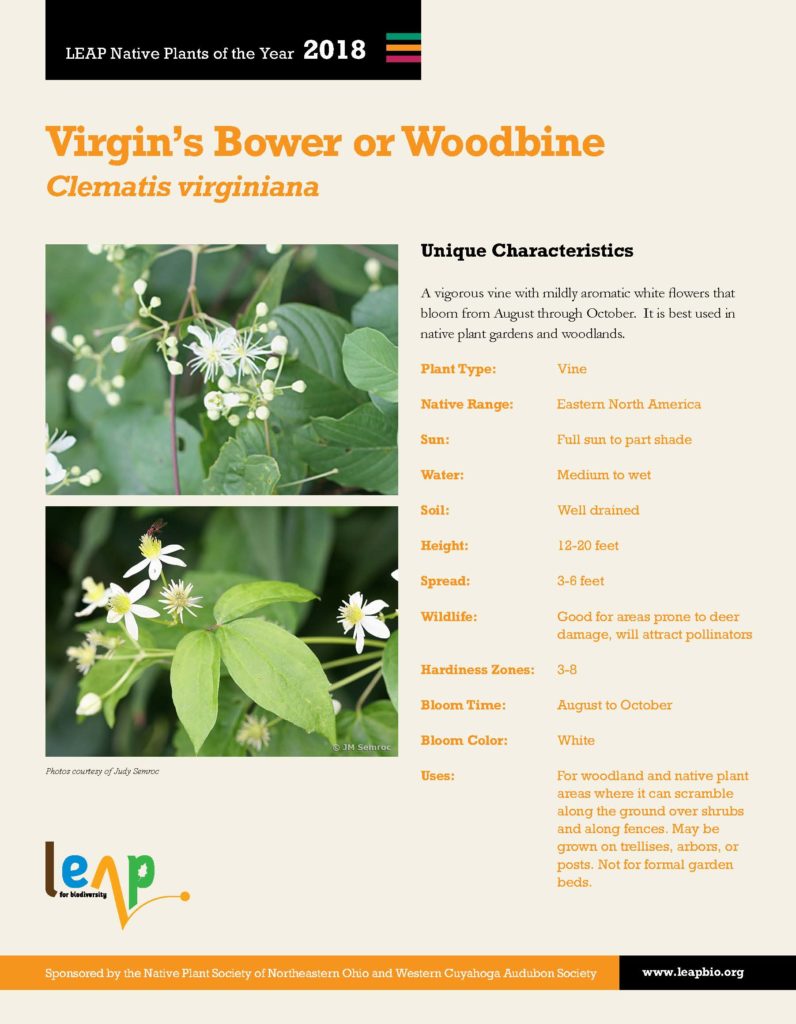
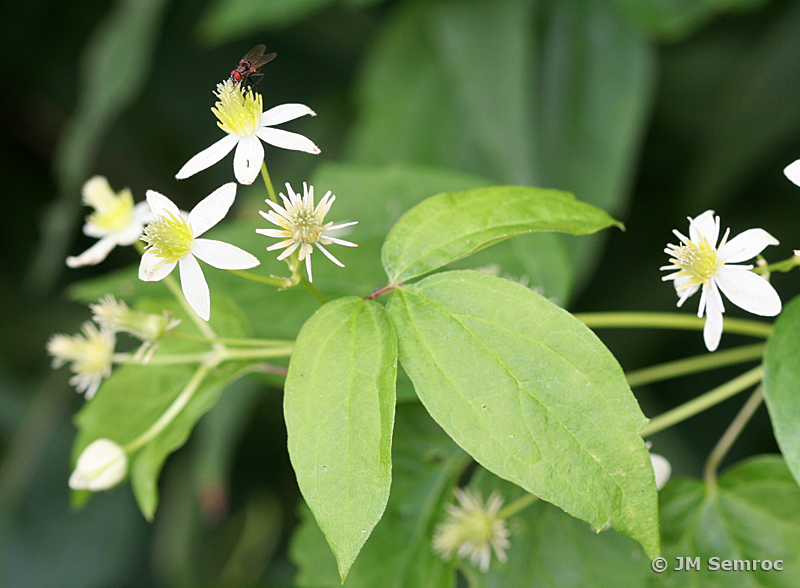
Larix laricina
Commonly called tamarack, eastern larch, American larch or hackmatack.
This deciduous conifer likes moist, well-drained soil and full sun to partial shade and provides good fall color when its needles turn yellow in the fall.
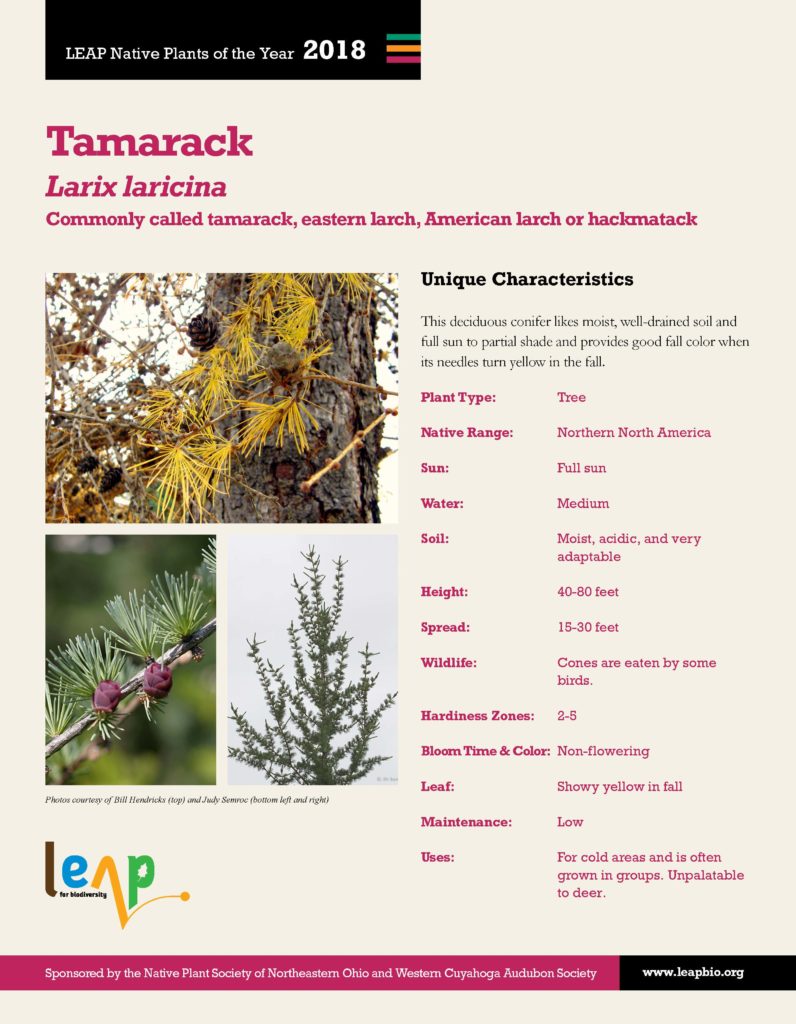
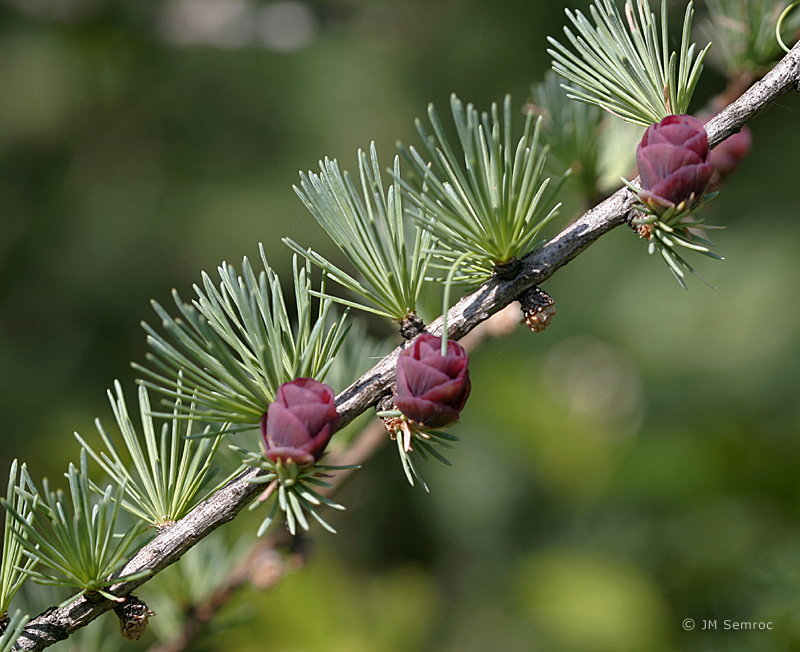
Lobelia siphilitica
This clump-forming perennial provides late summer blooms to the garden. It prefers wet to moist soil and partial sun however its seeds require light to germinate.
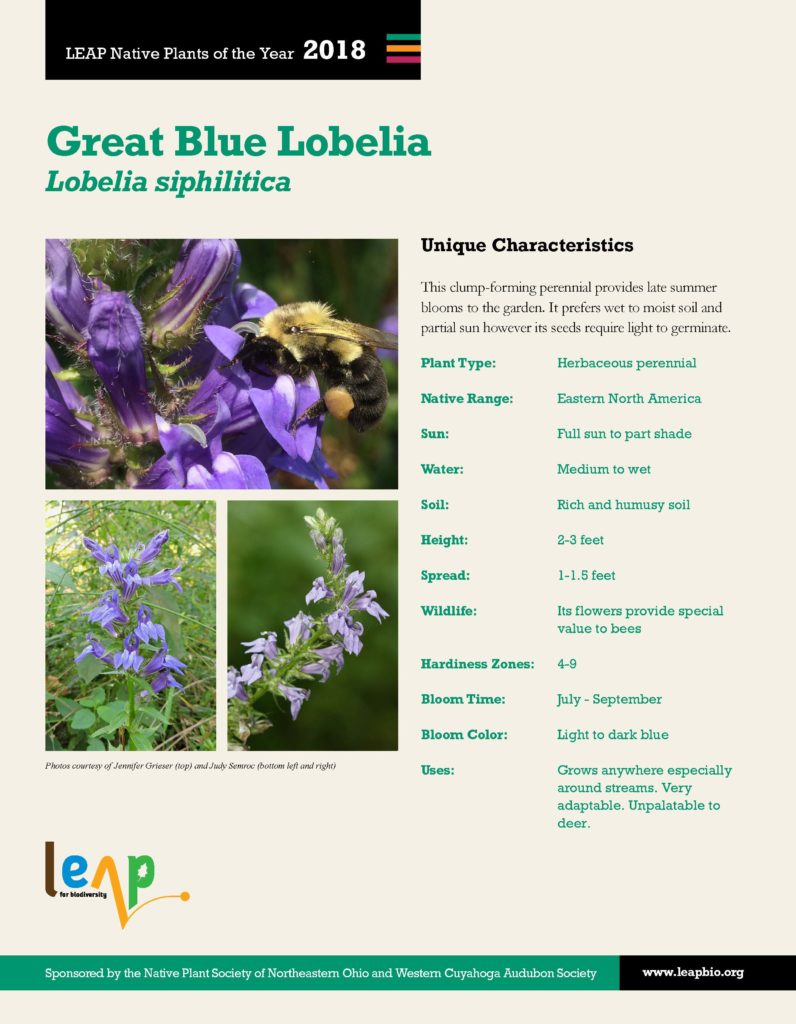
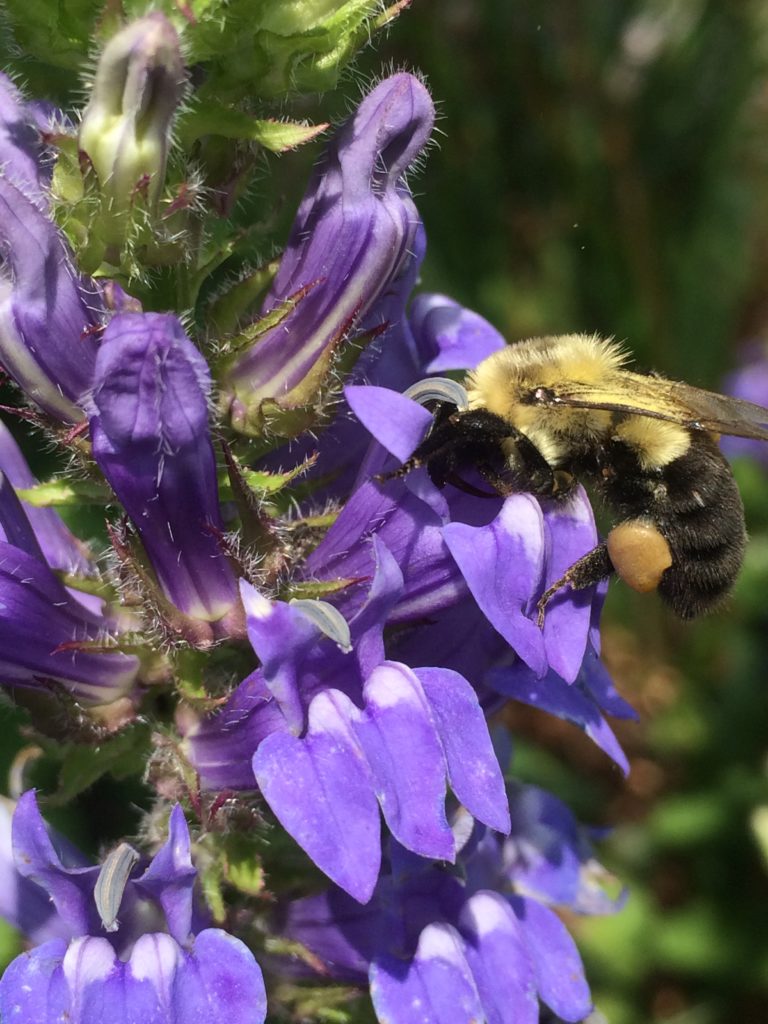
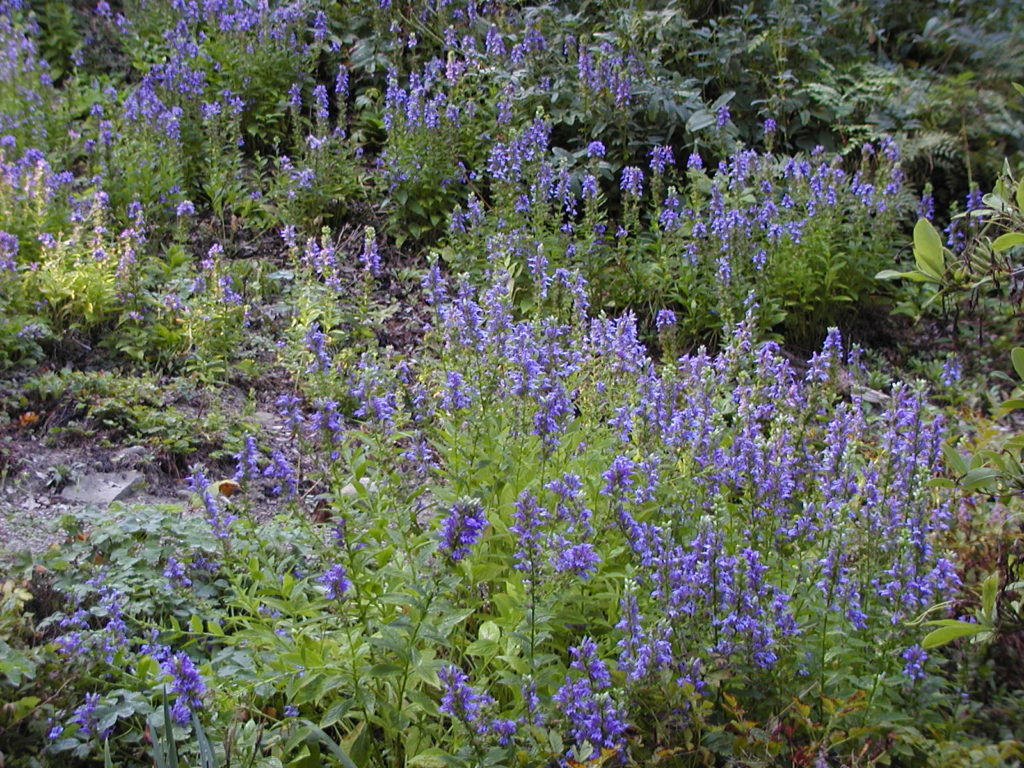
Echinacea purpurea
This erect, long-lived meadow plant is often grown for its showy flowers that bloom for up to two months in mid-to-late summer. It is a favorite of many insect species as a nectar and pollen food source. Goldfinch and other song birds are fond of its seeds in the fall and into winter.
